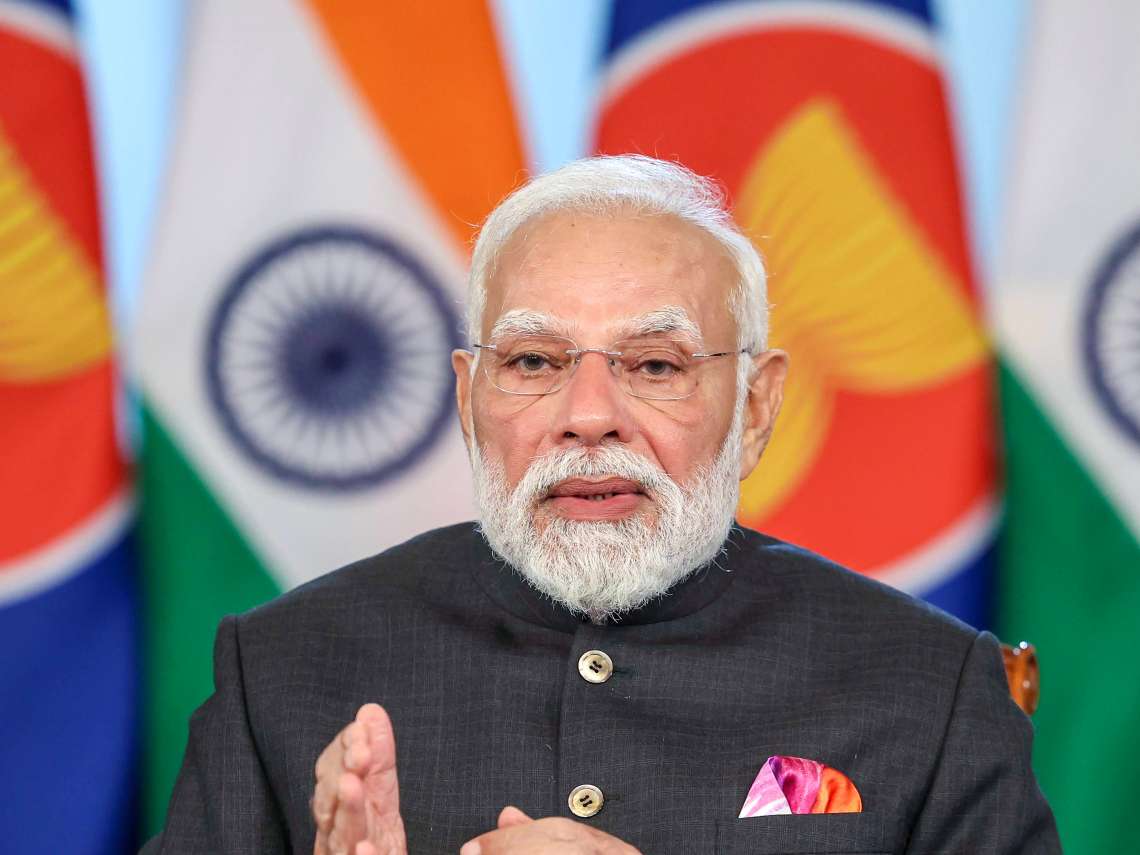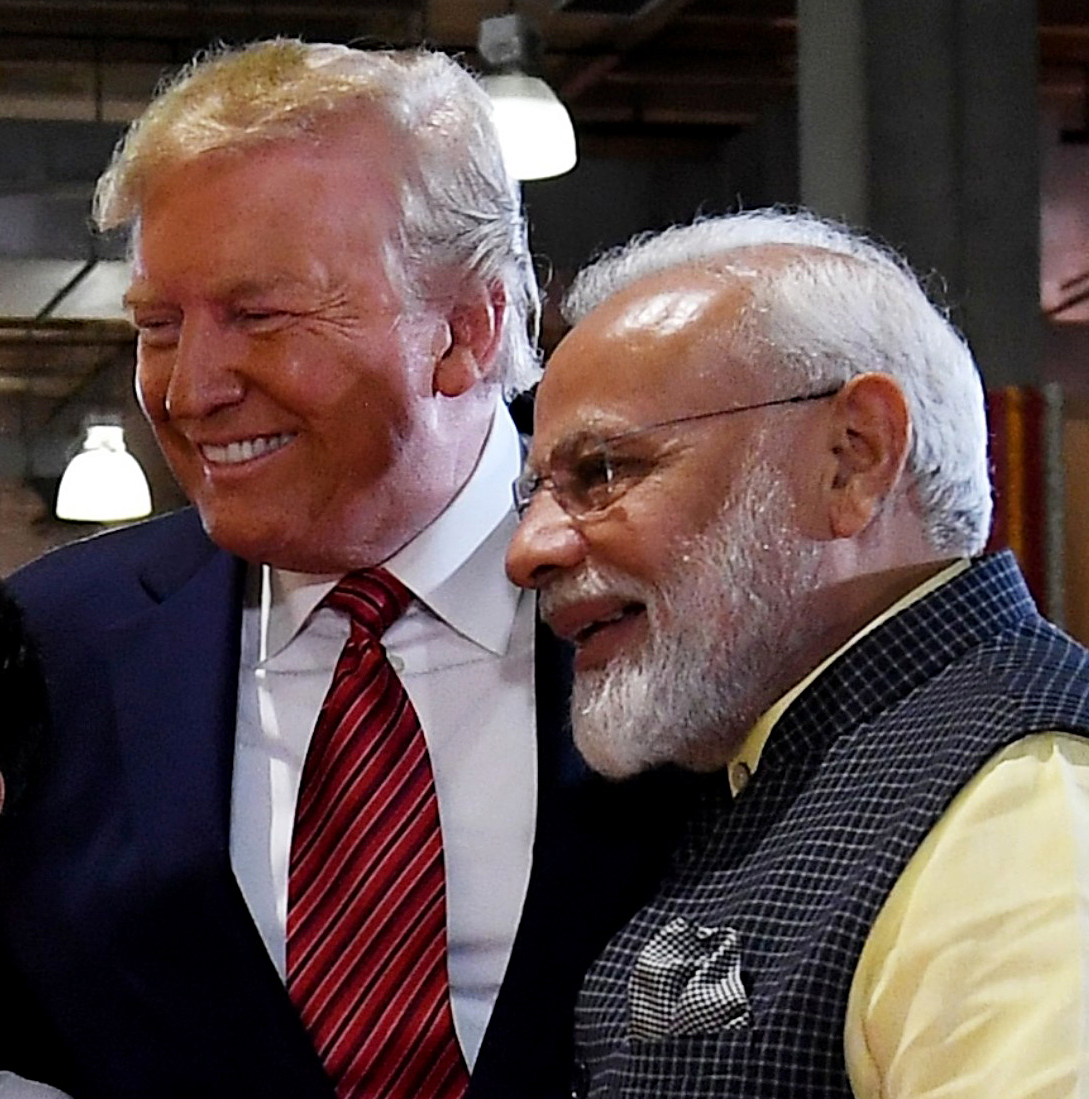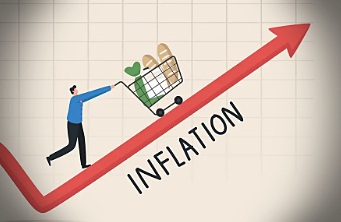The key risk is any escalation of geo-political tensions, which may heighten market volatility in the short term…reports Asian Lite News
External factors were largely supportive of Indian markets through CY23. This fuelled strong FPI flows after an extended period of stress. However, renewed global headwinds over the last couple of months have weighed on Indian markets which could be a constraint in the near term as well, Emkay Global Financial Services said in a report.
Indian markets could see some challenges over the next two to three quarters. A busy election season should create political uncertainty until May 2024. Global macros are also less supportive – a strong commodity cycle and DXY strength are the key worries., A weak monsoon, additionally, could disrupt the recovery in rural spending, which has solid long-term potential. Positioning these factors against the strong rally in the markets since 29 March ’23 (Nifty: +15.2%; Nifty Midcap: +35.6%), the case for a ‘pause for breath’ becomes stronger, the report said.
“We see broader markets moving sideways with a negative bias for the rest of FY24. The longer-term top-down narrative remains attractive, with small and mid caps leading the markets for the next 2-3 years. The shorter-term bottom-up story, however, is more challenged with valuations stretched for our favored themes and macro negatives over the next two quarters. In our view, stay defensive for the short term and use any meaningful correction to add to pro-cyclical exposures”, the report said.
Short-term stresses notwithstanding, we see the resilient growth story for India continuing. Unprecedented financial stability is the key driver, as every aspect of India’s ‘balance sheet’ is robust. This enables encashment of the demographic dividend, and rising per-capita income should drive affluence and premiumization. Capex recovery is the icing. This propels a multi-year earnings growth momentum and the ‘premium valuations’ should be judged in this context, the report said.
Indian markets continue to outshine. Indian equities continued to deliver strong returns in the current fiscal despite global uncertainties, as per a note by the Anand Rathi Research Team.
Owing to India’s robust macroeconomic fundamentals, healthy corporate earnings’ performance, continued liquidity flows to equity markets and reasonable valuations (19x FY25e consensus earnings), we believe Indian equity markets are likely to be buoyant in the medium term, the note said.
The key risk is any escalation of geo-political tensions, which may heighten market volatility in the short term.
Tata Mutual Fund said in a note that Nifty50 1 year forward PE stands at 19.0-19.5x, higher than the historical average. Expected earnings for FY24 is 15.0% and FY25 is at 15.8%. Over the last 12 months, the Nifty 50 (14.88%) has outperformed the MSCI EM index (12.17%). In P/E terms, the Nifty 50 is trading at 70% premium to the MSCI EM index, above its historical average of 50%. The premium however has reduced from a peak of 80-85% about twelve months back.
Stable macros, broad based earnings growth and robust banking/corporate sector health are driving the premium. Crude price and domestic elections are key risks to the valuation premium, the report said.
Acuite’s Chief Economist and Head of Research, Suman Chowdhury said, “Expectedly, the AMEP index has risen further in the Q2 quarter end after the healthy uptick in August, reflecting the optimism on consumption demand during the festive season. Further, economic activity in the core sector has continued to be boosted by steady public investments in the infrastructure sector. With persistent challenges on the export front, higher interest rates and a tighter funding environment along with risk of weaker agricultural output due to El Nino, there is a likelihood of a moderate slowdown in growth in the second half of the year. Accordingly, we hold on to our base forecast of 6.0% GDP growth in FY24.”
As per Bandhan MF’s Equity Market Outlook, given the valuations vs macro tradeoff, we recommend investing in line with your asset allocation. Given the valuations, it is not the time to go overboard on equities.
The latest round of FICCI’s Economic Outlook Survey puts forth an annual median GDP growth forecast for the year 2023-24 at 6.3 per cent – with a minimum and maximum growth estimate of 6.0 per cent and 6.6 per cent respectively.
India continues to be a bright spot globally but needs to be watchful about inflation and geo-political developments.
Crisil Market Intelligence and Analytics said in a note that India Inc revenue growth picks up after four-quarter moderation.
The revenue of Indian corporates is estimated to have grown 8-10% on-year in the September quarter, marking the first such improvement in the pace of growth after four quarters.














